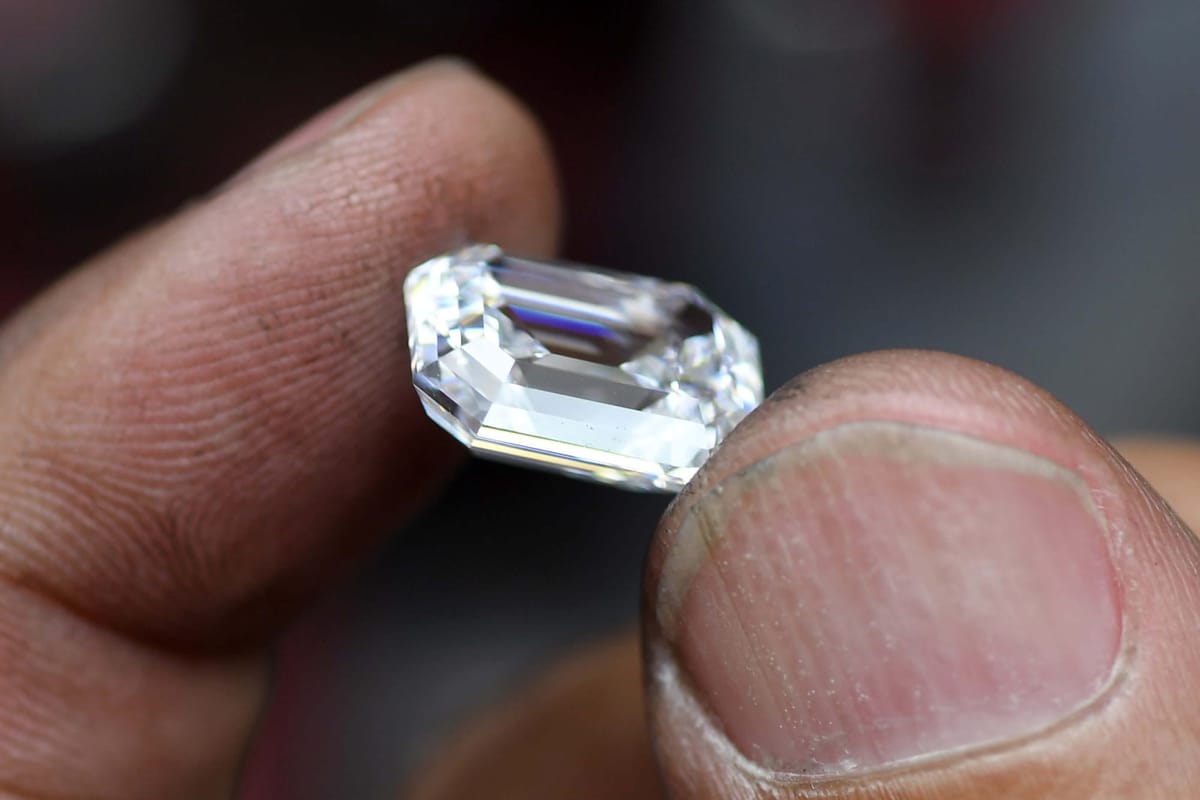
Perhaps this holiday season you’ve decided you want to buy a diamond for someone you love – like yourself! First of all, you absolutely should – who doesn’t need a little sparkle? You’ve probably also determined about how much you’d like to spend on your diamond. Now comes another decision. Do you prefer larger and lab grown or perhaps a little smaller and natural when it comes to your precious gems? Strictly speaking, there’s no wrong answer, but for BC Clark President Coleman Clark, the answer is as clear as an internally flawless diamond: natural.
As Clark begins to talk about diamonds, he weaves story after fascinating story about natural diamonds, how they form, how they’re discovered, their rarity and their value. There are only about 30 active diamond mines in the world. “Diamonds form 75 miles or more under the surface of the earth. That’s how much pressure and heat it takes … they don’t form anywhere closer to the surface,” Clark says. That’s far too deep to mine, and part of what makes diamonds so rare. Most natural diamonds have been brought closer to the surface by volcanoes, via volcanic pipes, in a rock called Kimberlite, which is what miners look for when they want to find diamonds.
“Sometimes those volcanoes do reach the surface and diamonds actually would come out,” Clark says. Diamonds brought to the surface this way are found in streams and rivers. “Those are called alluvial diamonds, and they can even be washed down to the ocean floor. There are diamonds that are on the floor of the ocean near Namibia, Africa.” Imagine that: snorkeling above a sparkling sea bed dotted with diamonds!
Clark, the natural diamond team captain that he is, also firmly punctuates his conversation with assurances: he’s absolutely not here to bash anyone who sells (or prefers to wear or give) a lab-grown diamond, and he feels strongly that they have a place in the market. Just not at his family’s eponymous shops, the first of which was founded before statehood. He simply wants people to understand the facts and make the best choice for their individual situations.
This isn’t the first time the BC Clark team has grappled philosophically with whether to carry lab-created bling. About a hundred years ago, the new gems on the block were lab-grown sapphires and rubies. “Lab-grown colored stones like sapphires and rubies have been on the market for over 100 years. When they first became popular in the 1920s and ‘30s, there were a lot sold.” Clark says people still bring in ruby rings they’ve inherited and are shocked to learn that they’re not real.
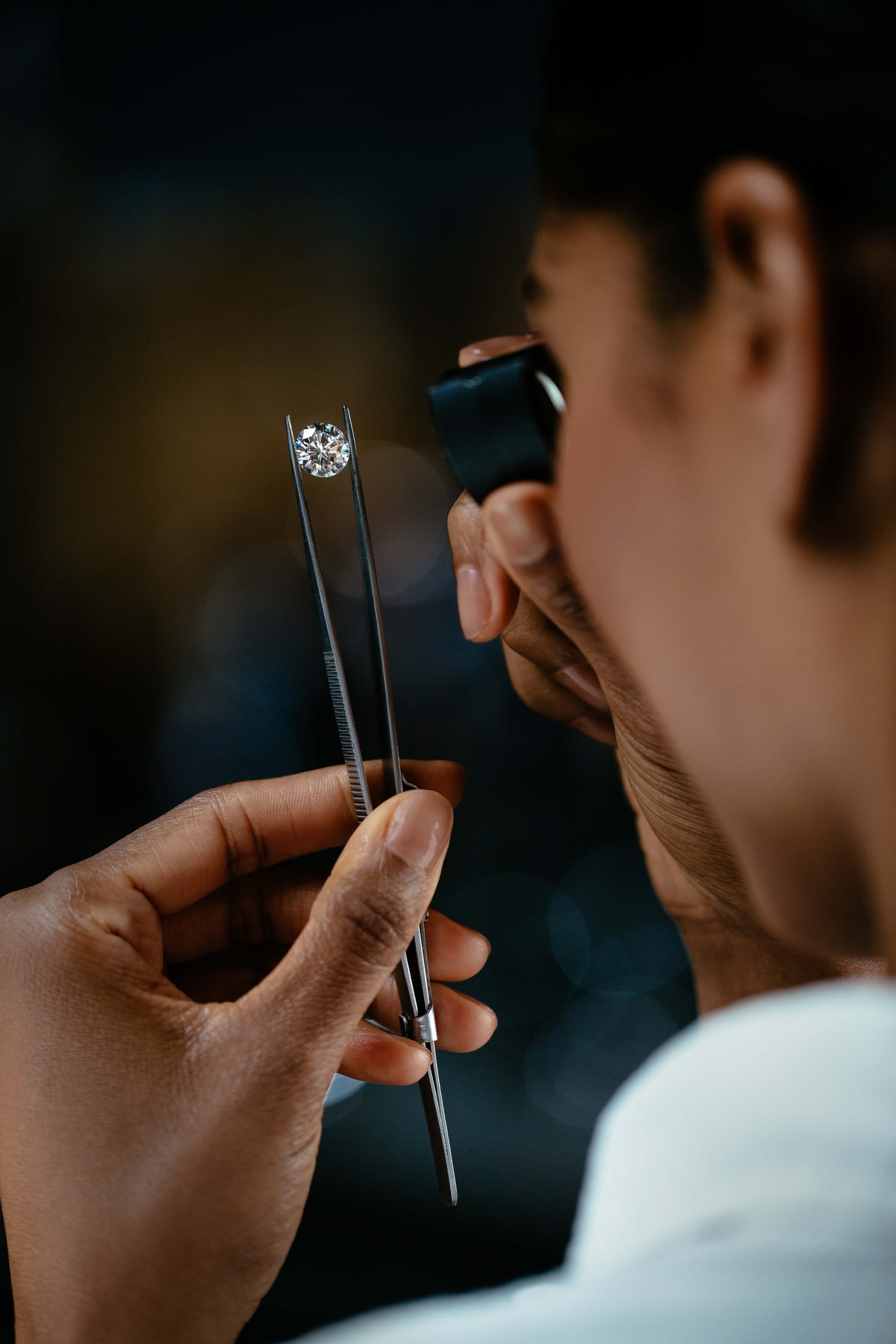
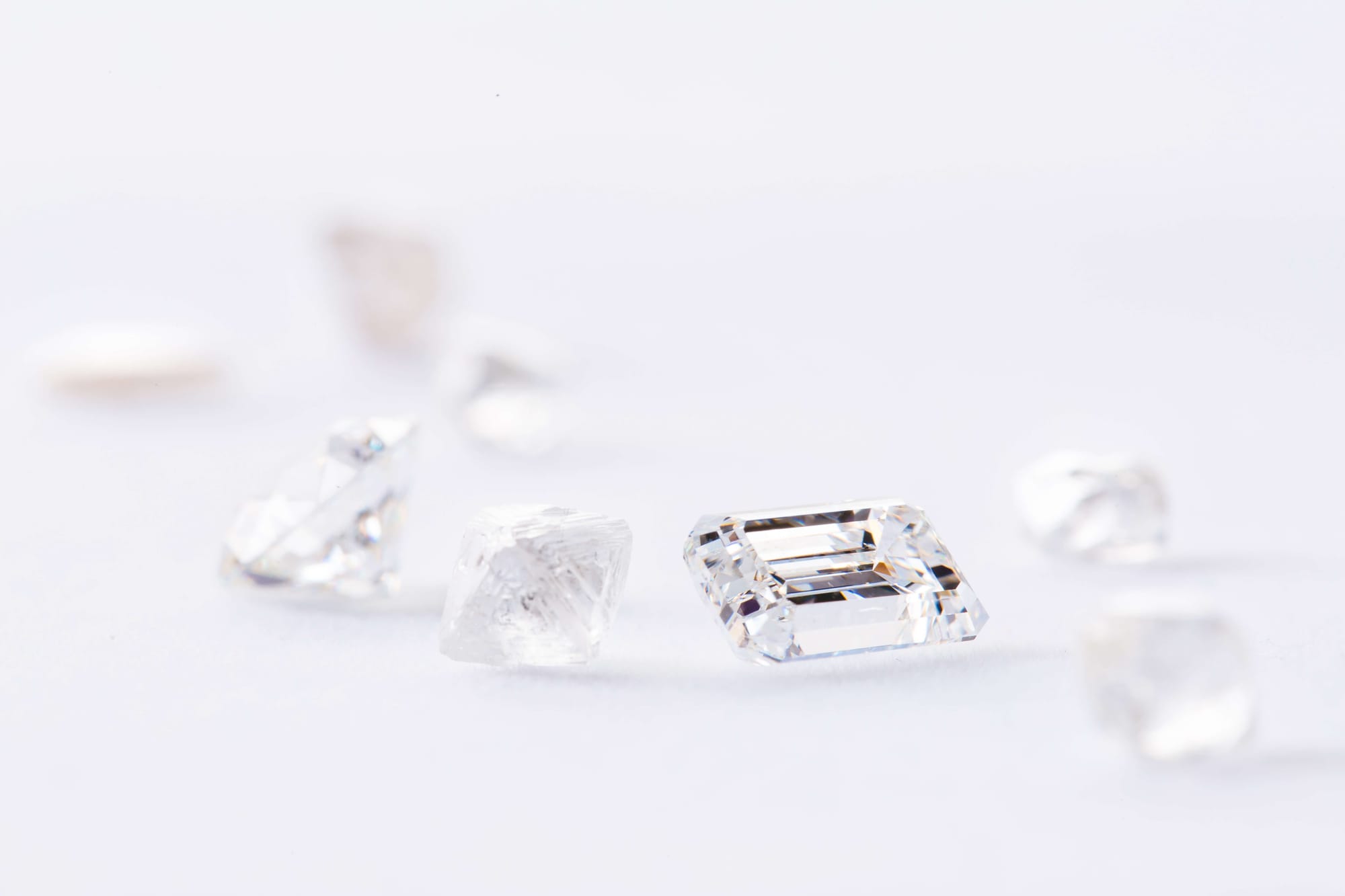
Back then, the leadership at BC Clark made the same determination not to sell lab-grown gemstones for the same reasons Clark says drove the company’s policy on lab-grown diamonds. “We feel like we owe it to our customers to guide them in a direction that is long term. We make our decisions focused and based on the long term, because we know we’re going to be here for a long time. And so we can’t make decisions that are based on short sightedness. And we try to guide our customers that way.”
Clark acknowledges that the diamond industry has not been without its problems, and is pleased with the progress made, the jobs created and the schools, water wells and other good works of his industry around the world. Further, today, ethical sourcing of natural diamonds is all but guaranteed. As legacy issues within the diamond mining industry came to light in the latter part of the 20th century, a movement within the industry took hold and ethical and conflict-free sourcing became codified and mandated under the Kimberley Process (KP), which became operational in 2003. Now, only rough diamonds with KP certification can be legally traded. More than 80 countries participate in the process, and conflict diamonds account for less than 1% of recorded rough diamond trade, down from its high of 4 to 15% in the 1990s.
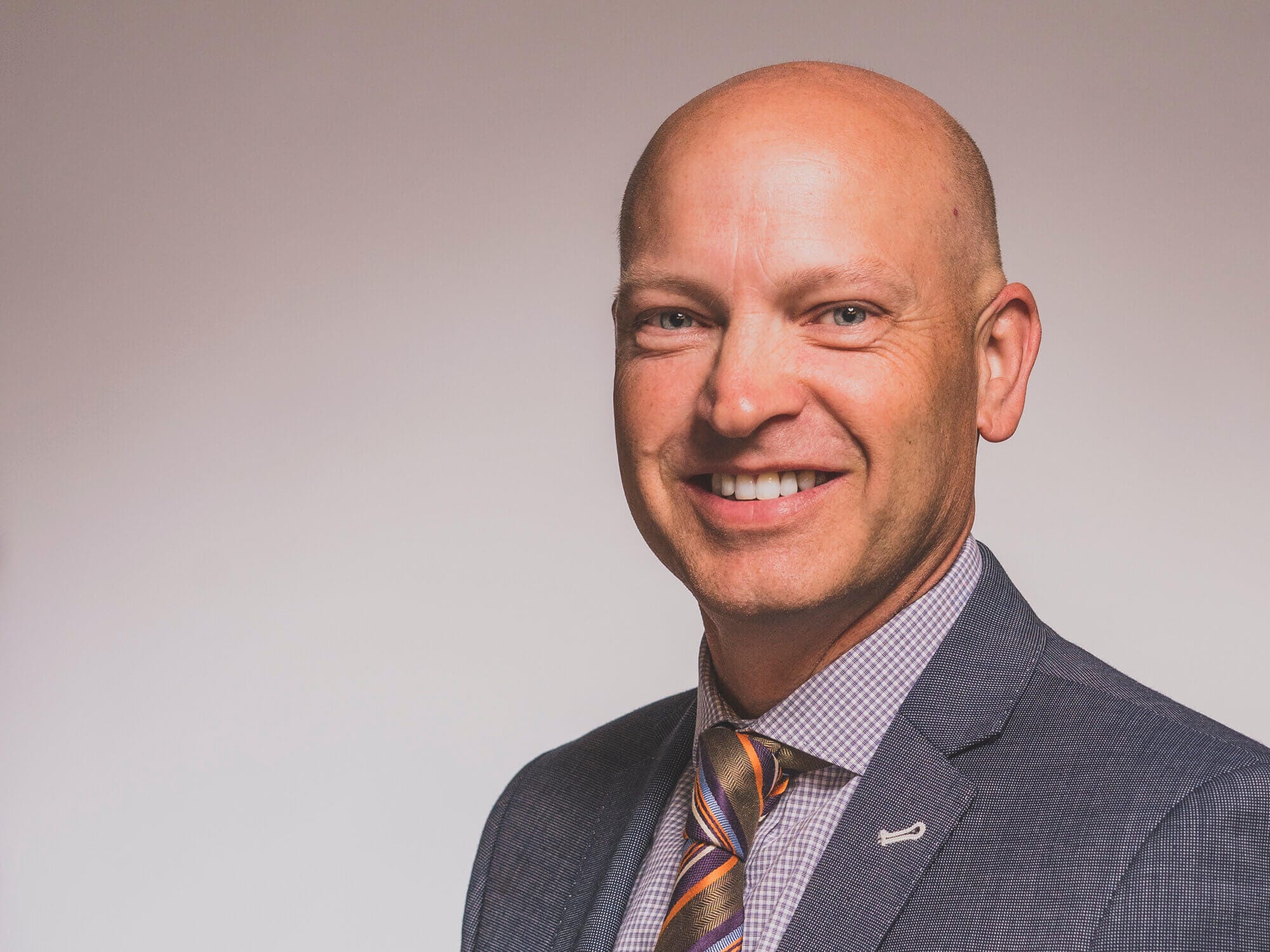
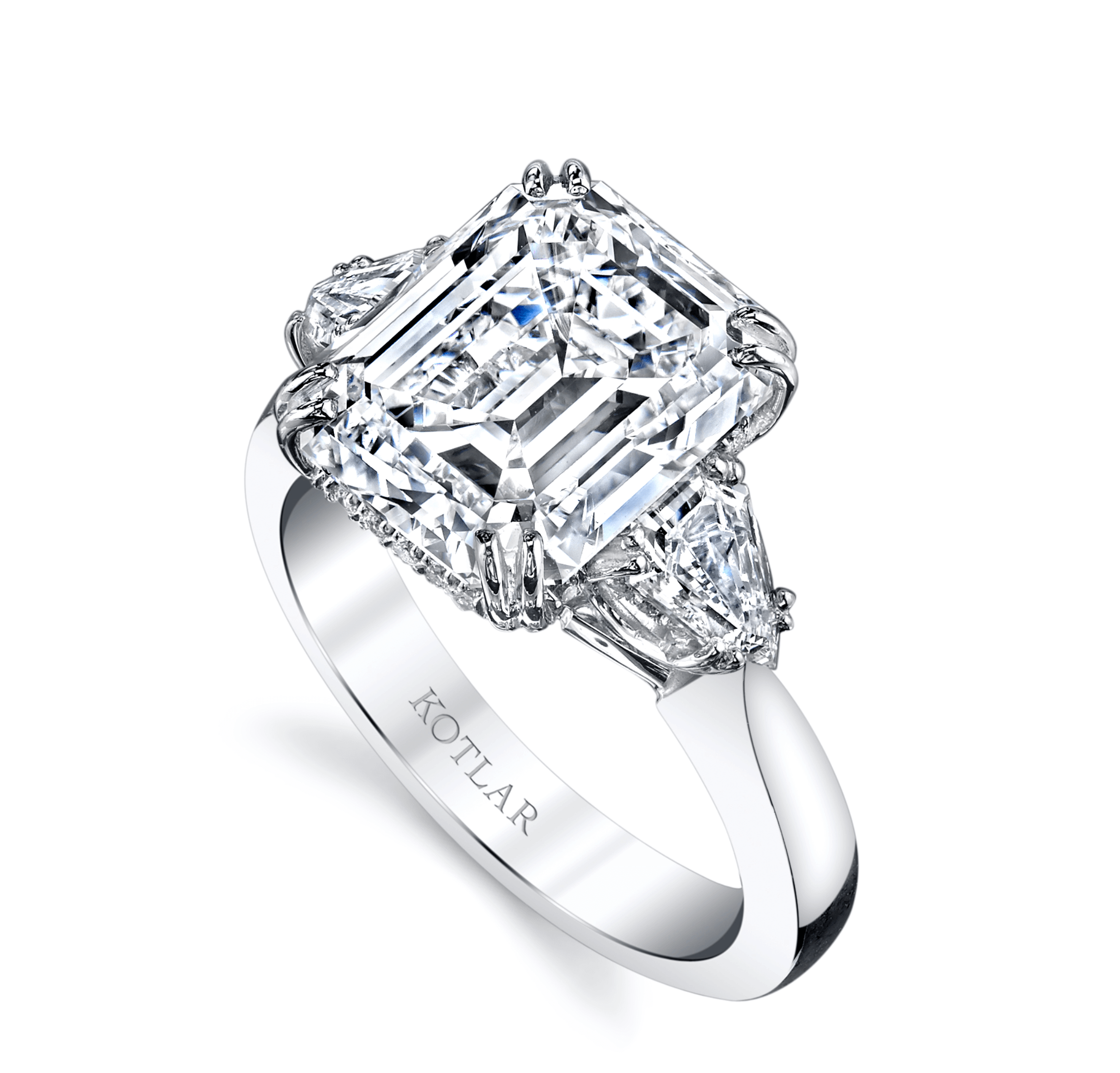
LEFT: BC Clark President Coleman Clark
Also worth thinking about before purchasing? A natural diamond will retain value; a lab-grown will not. Just a few years ago, a three-carat, lab-grown diamond cost between $5,000 and $8,000. Today you’ll easily find them for about $3,000. “We’ve told people that as they become more prevalent, and as more factories start making them, it’s only natural that the prices would come down, just in a competitive marketplace.” Clark says. Not only that, but the lab-grown stone you bought five years ago is now worth less than what you paid for it.
Clark says his family’s stores essentially guarantee the value of natural diamonds purchased from them. “We will allow someone to bring in a center stone back in at a future time to trade back in and get at least what they paid for [it]. That’s our policy as far as the trade value,” Clark says.
For those folks concerned with sustainability, Clark says that estate diamonds, or trade-ins, are a terrific sustainable option. “We’ll repurpose diamonds; we have them recut and resell them.” Whether or not lab diamonds are more ecologically friendly, as some advertising might imply, is as yet unknown. “That really has not been substantiated. And I don’t think there’s any way to make a comfortable claim that they are sustainable. More than 60% of them are made in China and India, where 75% of their energy comes from coal. And making these diamonds takes an immense amount of heat and pressure, 1,500 degrees Celsius, so there’s a lot of debate in
the industry, whether which one’s considered more sustainable or more green. “The other big thing to me is, you know, when you’re buying a gift, say an engagement ring or anniversary gift, or whatever it may be, that holds a lot of emotion and love,” Clark says. “That’s kind of driving that purchase. It just seems like a diamond that was formed millions or billions of years ago, deep in the earth, that has had such a journey to even get mined just holds a much more romantic story.”
And for Clark, that’s what it’s all about.

